Cause of death Homicide Name Sammy Jr. | Role Activist | |
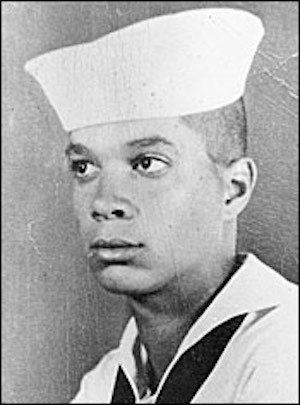 | ||
Full Name Samuel Leamon Younge, Jr. Known for Civil rights activist; first black college student activist murdered during the American Civil Rights Movement Died January 3, 1966, Tuskegee, Alabama, United States | ||
Tuskegeeans remember mlk sammy younge jr
Samuel "Sammy" Leamon Younge Jr. (November 17, 1944 – January 3, 1966) was a civil rights and voting rights activist who was murdered for trying to desegregate a "whites only" restroom. Younge was an enlisted service member in the United States Navy, where he served for two years before being medically discharged. Younge was an active member of the Student Nonviolent Coordinating Committee (SNCC) and a leader of the Tuskegee Institute Advancement League.
Contents
- Tuskegeeans remember mlk sammy younge jr
- Sammy Younge Jr Memorial Program 2016
- Early life
- Civil rights activism
- Death
- SNCC reaction
- References
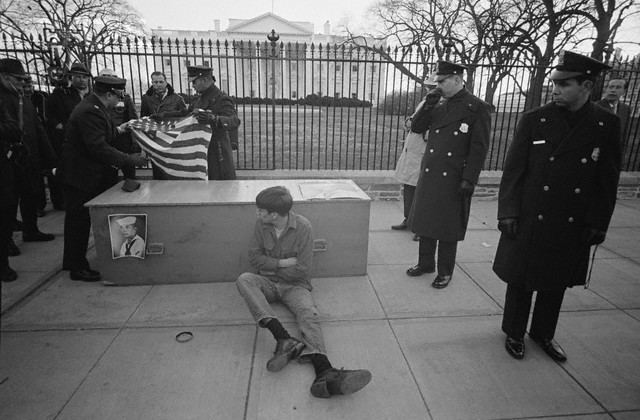
Younge was the first African-American university student to be murdered in the United States due to his actions in support of the Civil Rights Movement. Three days after his death, SNCC became the first civil rights organization in the United States to oppose the Vietnam War, partly on the grounds that like Younge, innocent civilians should not face deadly violence.
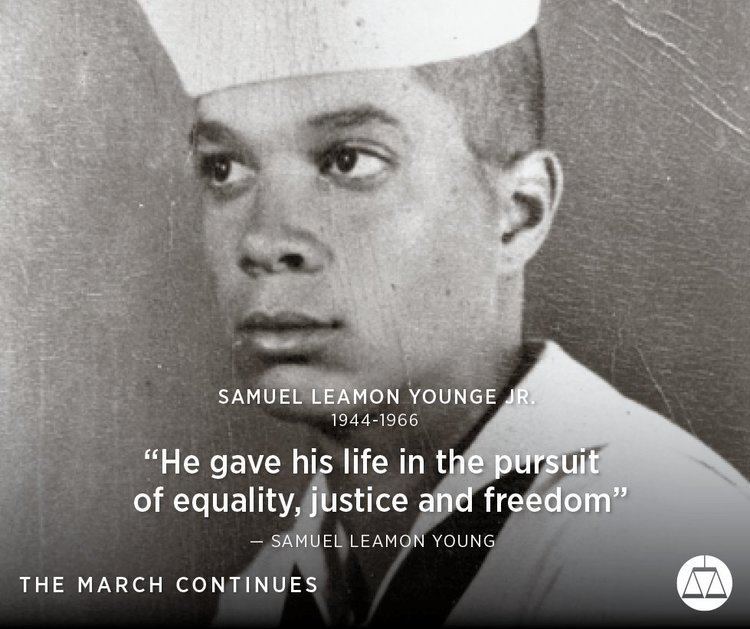
Sammy Younge, Jr Memorial Program 2016
Early life
Younge was born on November 17, 1944, in Tuskegee, Alabama. His father, Samuel Younge Sr., was an occupational therapist, and his mother was a local schoolteacher. From the age of 12 to 14, from 1956 to 1958, Younge attended Cornwall Academy, in Massachusetts. He graduated from Tuskegee Institute High School in 1962, after which he joined the United States Navy. Younge served in the United States Navy from 1962 until July 1964, when he was given a medical discharge as a result of having to have one of his kidneys removed. Upon his discharge from the Navy, Younge began attending the Tuskegee Institute, in 1965, as a political science student.
Civil rights activism
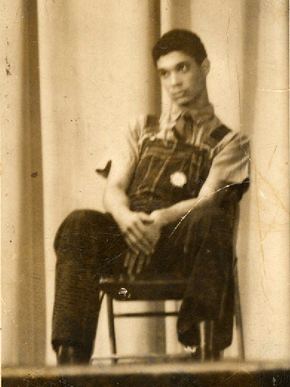
Younge became involved in the Civil Rights Movement during his first semester at the Tuskegee Institute. He participated in the Selma to Montgomery protest march in Montgomery, Alabama, against the "Bloody Sunday" incident in March 1965. Younge joined the SNCC and the Tuskegee Institute for Advancement League (TIAL) — a local civil rights student group formed with the help of the SNCC. He soon started helping to lead protests by the organizations against civil rights infractions in Alabama. Then, in April 1965, he went to Mississippi and worked with Unita Blackwell and Fannie Lou Hamer to help the Mississippi Freedom Democratic Party get black voters registered. In the Summer of 1965, Younge lead Tuskegee Institute students in challenging overt discrimination in Tuskegee. The group attempted to enter white restaurants, held rallies, and picketed establishments that refused to hire black people. Several times they attempted to attend segregated white churches and were brutally beaten twice. In September 1965, Younge was arrested and jailed after attempting to drive a group of African-Americans to get registered to vote in Lee County, Alabama.
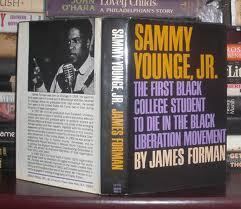
Younge continued his efforts to get blacks registered to vote in Macon County, Alabama four months after being released from jail, up until his death.
Death
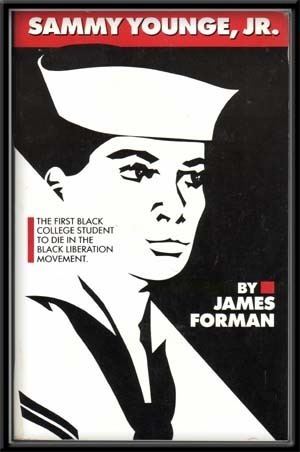
Younge was shot in the back of the head by Marvin Segrest, a white gas station attendant at a Standard Oil station in Tuskegee, Alabama, on January 3, 1966. The shooting came after a verbal altercation between Younge and the attendant about Younge using the "whites-only" bathroom.
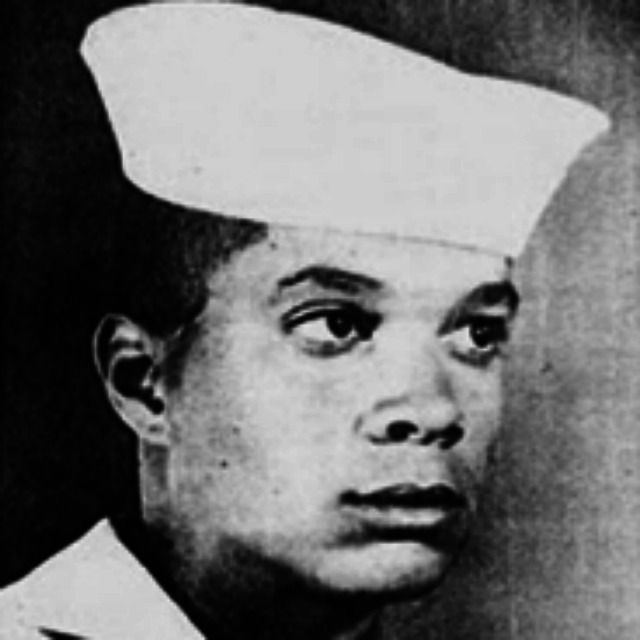
Younge became the first black college student to be murdered for his actions in support of the Civil Rights Movement. His death and the subsequent acquittal of his murderer (by an all white jury) sparked outraged protests in Tuskegee. Samuel Younge Sr. said of his son's death:
SNCC reaction
After Younge's death, the SNCC decided to publicly join the opposition to United States involvement in the Vietnam War; stating officially, on January 6, 1966, that:
